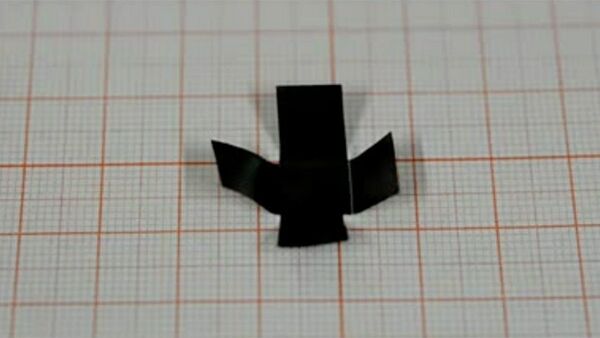"Origami, the ancient art of paper folding, has inspired the design of various self-folding structures and devices for modern applications including remote control robotics, microfluidic chemical analysis, tissue engineering, and artificial muscles," the researchers explain in their paper, which was published in the journal Science Advances on Friday.
"Self-folding structures are rapidly emerging at the frontier of scientific and technological innovation because of their capability to perform programmed folding/unfolding motions without being kinematically manipulated by external forces or moments."
The scientists made the self-folding paper from graphene oxide and polydopamine, to create nanosheets that absorb or exude water molecules in response to environmental humidity, temperature, or light, causing the sheet to swell or shrink.
The researchers say their device can be used to make sensors, artificial muscles, and robots, and provide a practical method for printing the paper on a large scale.


